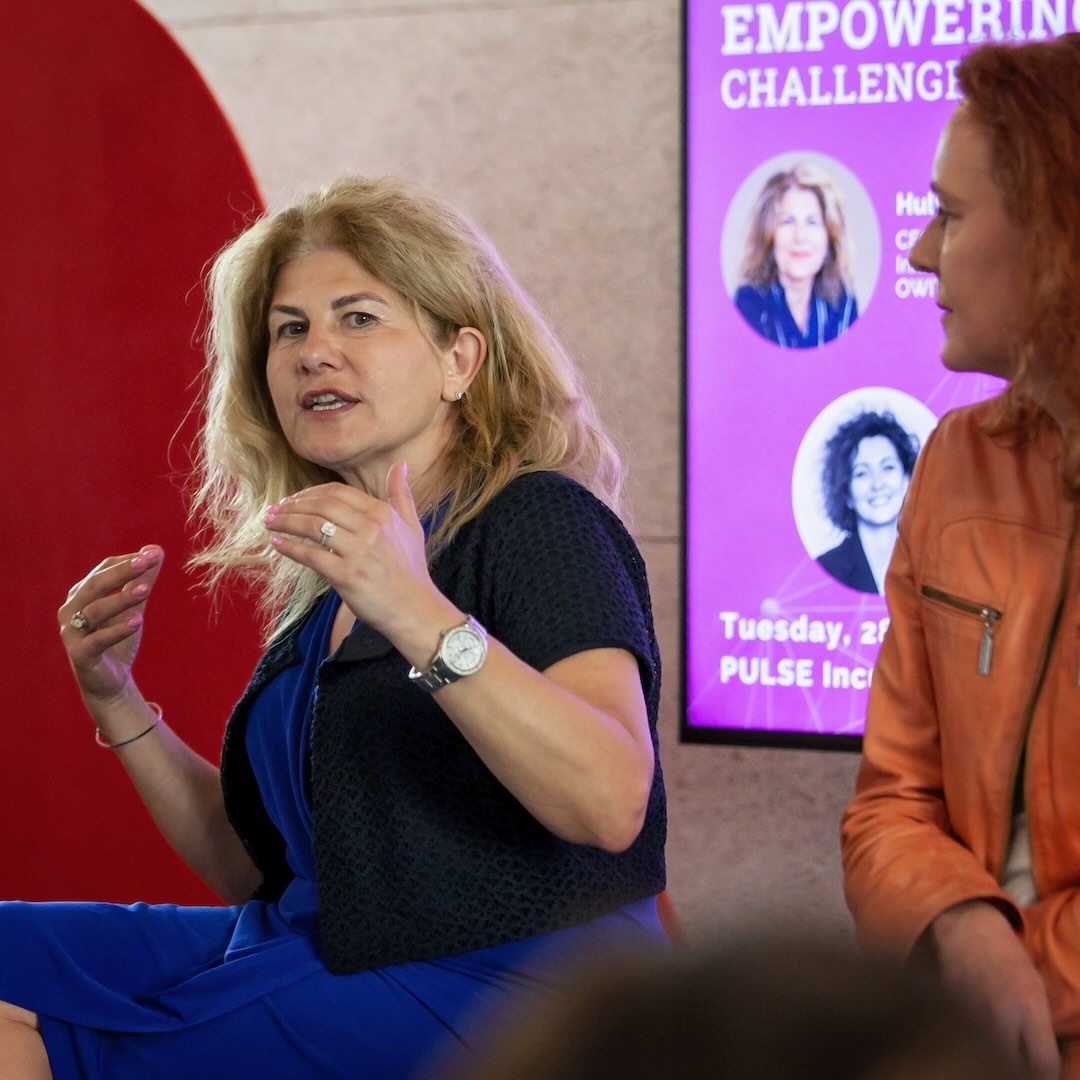Keeping a team motivated, engaged, and creating a safe place for them is part of leadership. Whether you are a leader in an organization or an entrepreneur, the situation is the same – and knowing simple ways to prevent team burnout is essential to support their well-being and performance.
It is healthy, but not easy, especially in these times, when everything is uncertain and unpredictable. Technology advances at a rapid pace, and so does the working environment. Burnout is not an exception anymore – it is becoming the norm. And here is the truth:
Burnout is not a personal failure – it is a leadership challenge. With proper prevention and action, it is possible to manage it.
I have worked with professionals across diverse industries and geographies, and I have noticed how slow and insidious burnout can be, often happening without even being noticed,especially if people are deeply involved and engaged in their work. That’s why this guide is for you—the leader who wants to lead with the human and effort in mind, and not only the results.

Burnout Symptoms
Let’s ask ourselves the fundamental question:
What does burnout look like, and how does it manifest? And it is not always dramatic.
Let’s check out some symptoms:
- Always feeling tired, despite rest
- Decrease in motivation and engagement
- Acting irritated, low mood, emotional distance
- Performance drop
- Loss of attention
- The feeling of always being behind
5 Leadership Habits to Prevent Burnout
The above is only a subset of symptoms, and for everyone, it may be different as well. Here’s the thing: high performers are almost always at high risk. They don’t want to let the team down; they don’t want to demonstrate that they are not capable of handling all tasks. Thus, the harder they push, the more they get into the hamster wheel that nothing is enough. On a personal and professional level.
As a leader, it is not your job to fix everything – it is your job to notice, acknowledge, listen, and act.
1. Create a culture where rest is respected
Glorifying overwork in the workplace is very common, which costs companies a loss of a sustainable workforce, as many employees will eventually be on sick leave. So, their short-term gain is not efficient at all for a business that seeks productivity.
Your team and you need to know that rest is not laziness – it is a sign of leadership.
How to start from a leadership perspective:
• Respect working hours and public holidays (don’t send late emails or over holidays)
• Encourage actual lunch breaks, either to eat with the team or to do sports. Everyone has their way to rest. For some, it is to be alone, read, or listen to music. If you can have a space where employees can have downtime, the better.
• Be the role model: take downtime yourself and share
2. Talk about it
Burnout thrives in silence. Let’s make it normal to talk about mental load, stress, and emotional well-being. As a leader, you set the tone; you are not a therapist, you are a human who recognizes the situation.
How to start:
• Have well-being checks, not task checks, the real question to ask: How are you doing? What’s going on in your life? And, sometimes, employees might not share everything; however, it assures them that they have a space where their voice will be heard, should they need it.
• Offer Space – a safe space for a non-judgmental environment
• Normalize talking about a less charged week
3. Prioritization
Sometimes burnout is not about too much work – it is about too much unimportantwork. Use the Eisenhower matrix to assess what is essential versus urgent, and create a list of tasks that can be delegated, those that require additional help, and what matters most at that moment to complete and finish.
Let’s give a quick checklist:
• Clarify the top 3 priorities this week – and if anything comes in the way,reassess the teams
• Protect your team from task creep and distractions
• Be the buffer and not the pressure point
4. Celebrate effort, not only results
Burnout is an emotional state that can arise from not being visible, as the effort invested in a task is not recognized. Humans want to be praised for what they have done, rather than focusing solely on the results.
How to start:
• Recognize contributions in the moment and not later. Praise within your team and provide feedback in private.
• Celebrate progress with your team; together is better. With a breakfast, coffee gathering, or lunch outing.
• Say more often “Thank you “ – we don’t say that enough. Be genuine
5. Equip and empower
Often, burnout occurs because employees are not adequately trained for the task or lack knowledge about the new responsibility. And the human brain does the first thing it knows, to protect itself, and this emotion of burnout creeps in.
How to start:
- Offer training and upskilling opportunities
- Check if someone is struggling to keep up – assign a buddy or mentor
- Empower autonomy, but never micromanage

Final Thought
As a leader, you have more influence than you think. You don’t need to be perfect; on the contrary, you need to be human, present, paying attention, and walk the talk.
Preventing burnout is not about doing more – it is about what matters at that moment in that time.
Building a culture that thrives and not survives. And when you lead from this space, you don’t just develop stronger teams; you also foster trust, loyalty, and sustainability.

If you’re committed to building a team that thrives, I’d be happy to support you.
Let’s talk: Book a 20-minute discovery call to learn how we can help prevent burnoutand strengthen your leaders.
📩 Or email me directly to learn more about my tailored workshops for conscious, people-first managers.
Because when your team feels seen, supported, and safe, performance follows.
